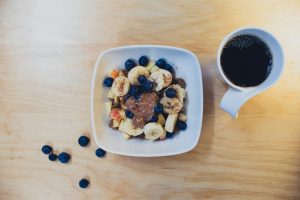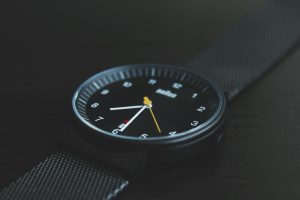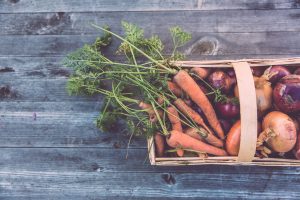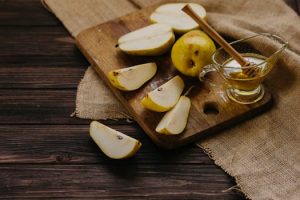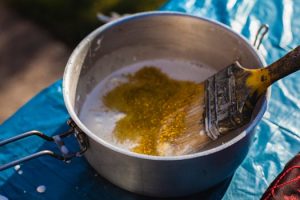Cooking for Food Allergies: Safe and Tasty Recipes
Cooking for food allergies can be a challenge for many individuals and families. The fear of accidentally consuming an allergen or having a reaction can make meal times stressful and overwhelming. However, with the right knowledge and strategies, cooking for food allergies can be safe and tasty for everyone.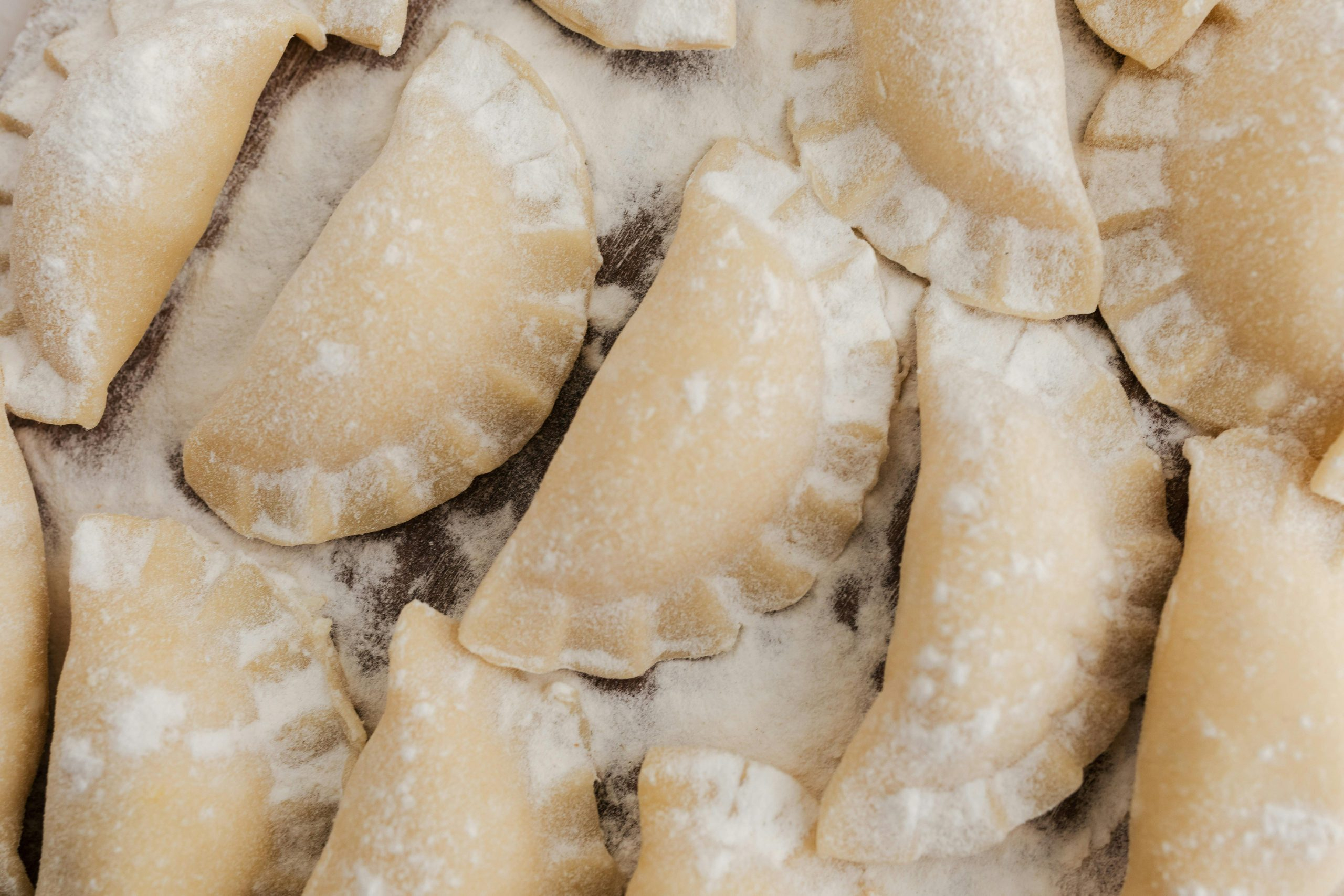
The Importance of Safe Cooking for Food Allergies
Food allergies affect millions of people worldwide, and the number continues to rise each year. It is estimated that up to 15 million Americans have food allergies, and this number is increasing, especially in children. For people with food allergies, even a tiny amount of an allergen can cause a severe reaction, ranging from hives and stomach pain to difficulty breathing and anaphylaxis, which can be life-threatening.
Cooking for food allergies is crucial because without proper precautions, accidental ingestion of allergens can happen. Contaminated cooking utensils, cross-contact with shared kitchen equipment, and ingredient mix-ups are just a few of the ways allergens can find their way into safe dishes. This is why it is essential to follow safe cooking practices to prevent reactions and keep individuals with food allergies safe.
Strategies for Safe Cooking for Food Allergies
Read Labels Carefully
The first step in cooking safe and tasty meals for people with food allergies is to read labels carefully. All packaged foods must have an ingredient list that specifies any allergens used in the product. It is crucial to check the label every time you buy a product, as ingredients can change, and companies may change suppliers. Pay attention to any precautionary labels such as “may contain” or “processed in a facility that also processes” allergens as well.
Know Common Hidden Allergens
Some allergens are easy to spot, like peanuts or shellfish. However, other ingredients may hide a food allergen, making it difficult to know if a dish is safe. These hidden allergens include milk in deli meats, eggs in bread, and soy in canned tuna. It is necessary to know these hidden allergens and read labels thoroughly to avoid any potential reactions.
Clean and Sanitize Utensils and Equipment
Cross-contact is a major concern when cooking for food allergies. Cross-contact occurs when an allergen accidentally comes in contact with a safe food, leading to cross-contamination. This can happen through shared utensils, cutting boards, pots, and pans. To prevent cross-contact, it is essential to clean and sanitize all cooking equipment and utensils thoroughly before use. This includes washing all surfaces, utensils, and hands with hot, soapy water.
Plan Ahead for Meals
Cooking for food allergies requires planning ahead to ensure all ingredients are safe. Creating a meal plan and grocery list before heading to the store can save time and stress. It also allows you to research and find alternative ingredients if needed. Additionally, meal prepping can be beneficial, as it prevents cross-contact and reduces the risk of ingredient mix-ups.
Delicious and Safe Recipes for Food Allergies
Now that we’ve covered the importance of safe cooking for food allergies let’s dive into some delicious, allergy-friendly recipes.
Gluten-Free Chicken Alfredo
This gluten-free chicken alfredo recipe is perfect for those with a gluten allergy or intolerance. It uses gluten-free pasta, and the creamy alfredo sauce is made with gluten-free flour, milk, and parmesan cheese. It is a delicious and safe option for those with gluten allergies.
Vegan Lentil Bolognese
This lentil bolognese recipe is both vegan and free of the top eight allergens. It uses lentils, onions, carrots, celery, and tomato sauce to create a rich, hearty, and safe bolognese sauce. It can be served over gluten-free pasta or zucchini noodles for a delicious meal.
Dairy-Free Chocolate Cake
This rich and decadent chocolate cake is both dairy-free and egg-free, making it a safe option for those with multiple allergies. It uses alternative ingredients like applesauce and almond milk to create a moist and delicious dessert that everyone can enjoy.
In Conclusion
Cooking for food allergies can be safe and tasty with the right knowledge and strategies. It is essential to read labels carefully, avoid hidden allergens, clean and sanitize equipment, and plan ahead for meals. By following these tips and experimenting with allergy-friendly recipes, cooking for food allergies can be a stress-free and enjoyable experience for everyone.

